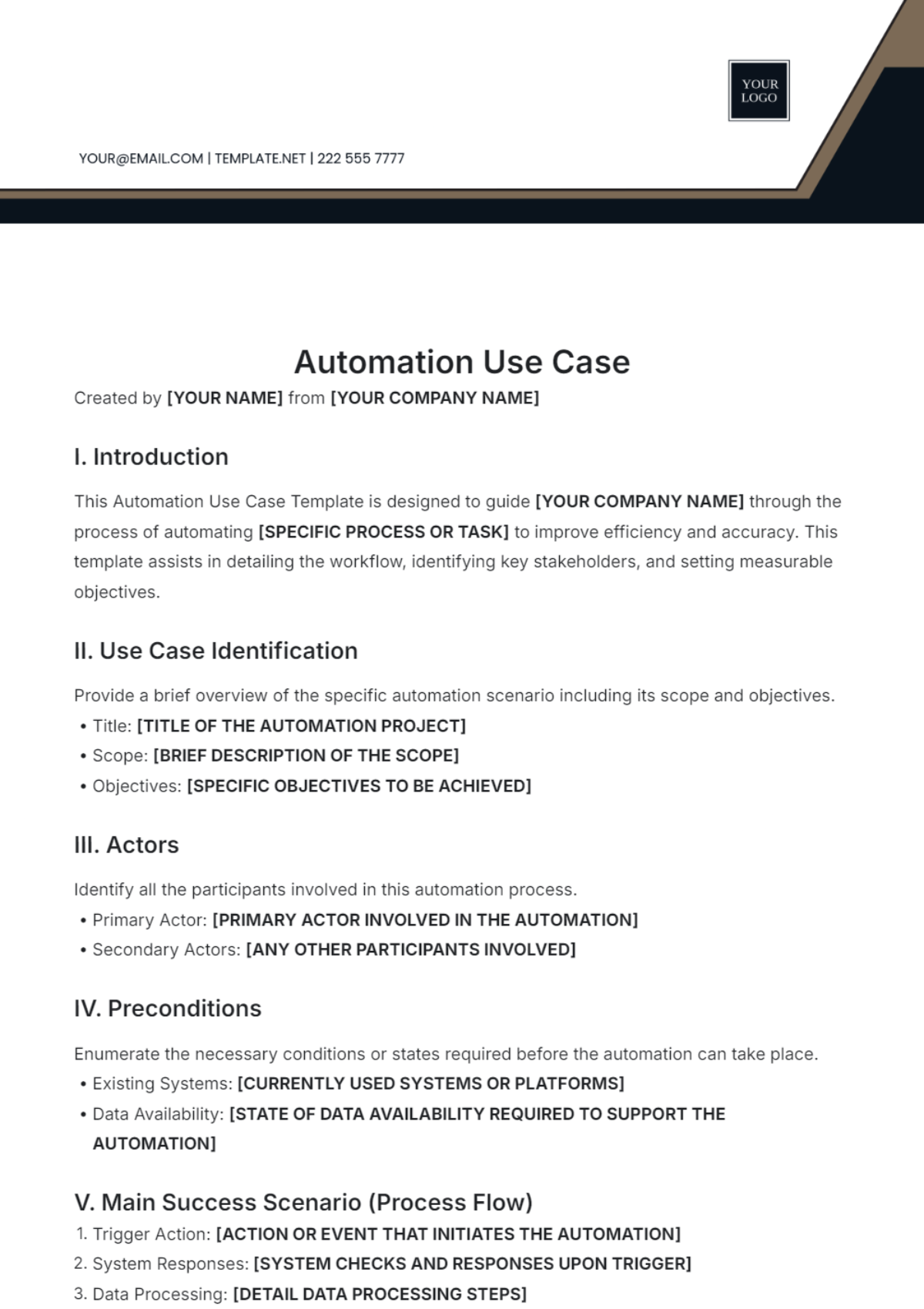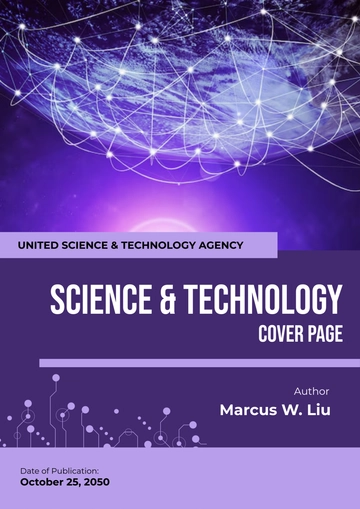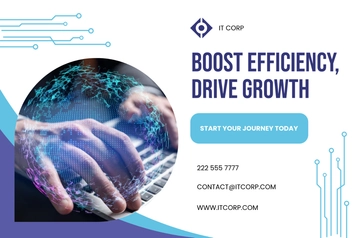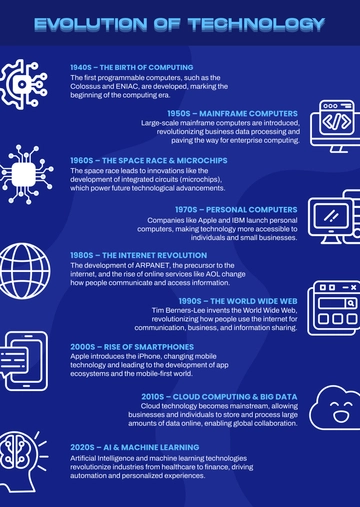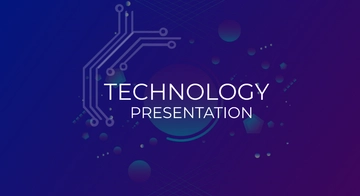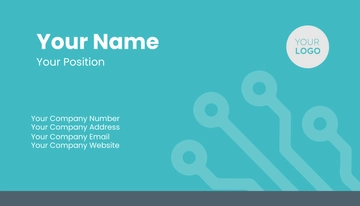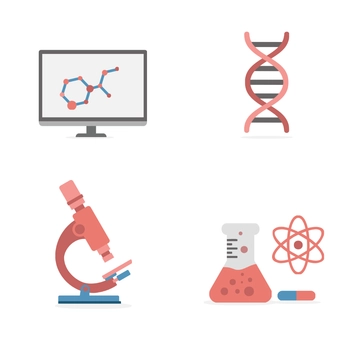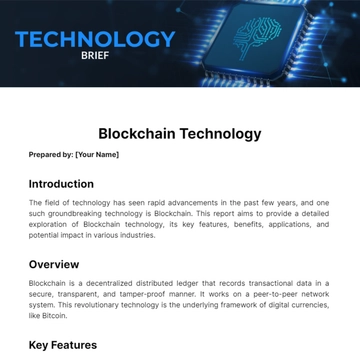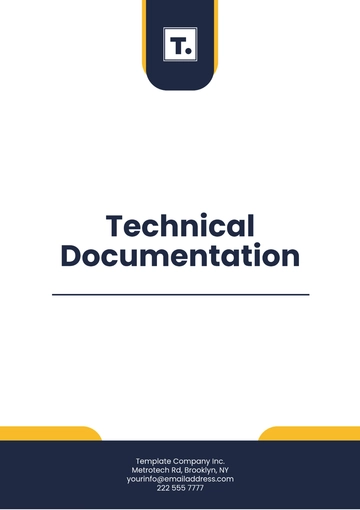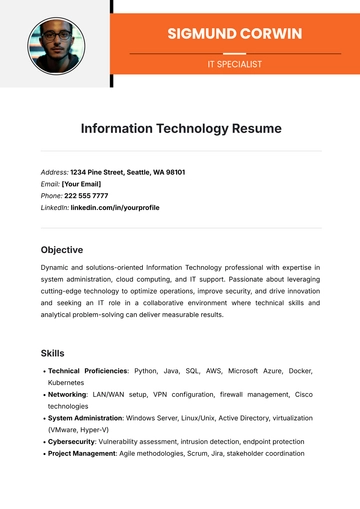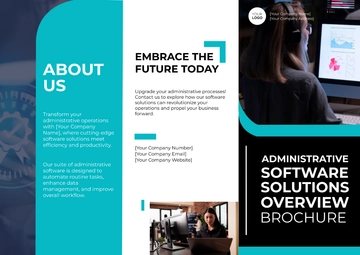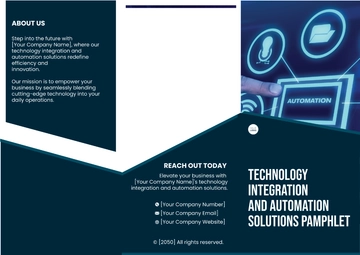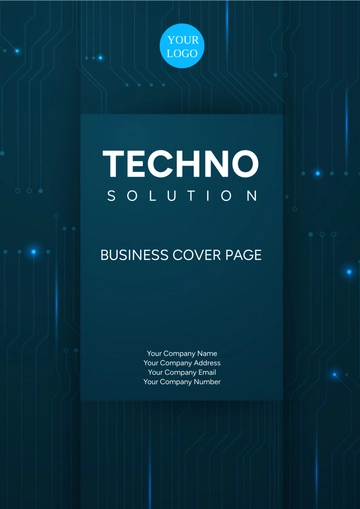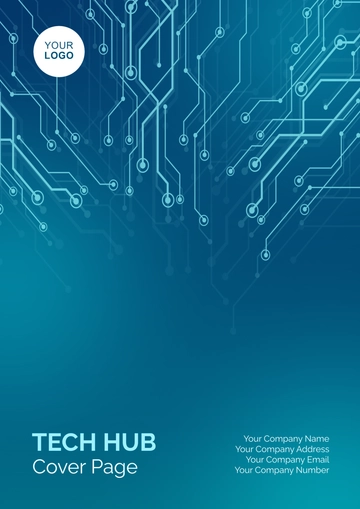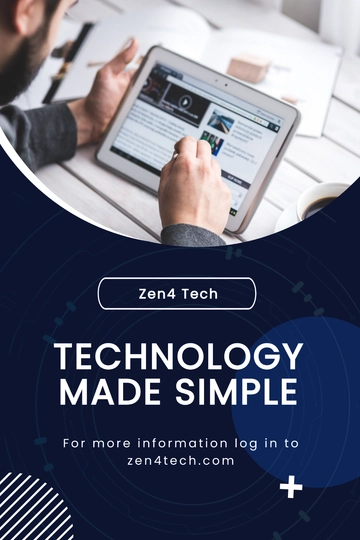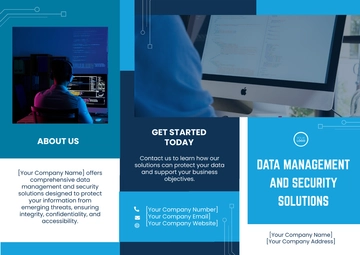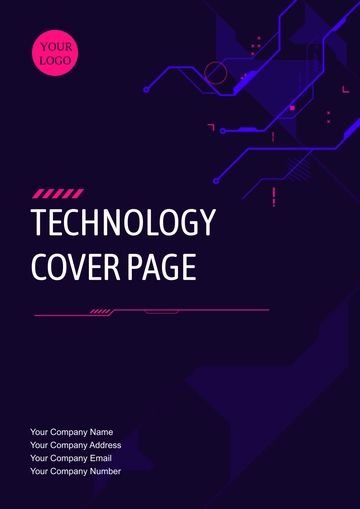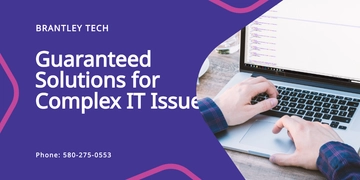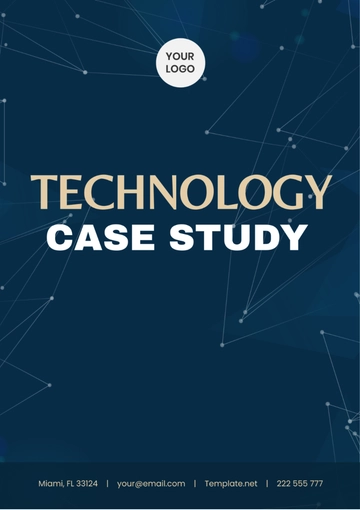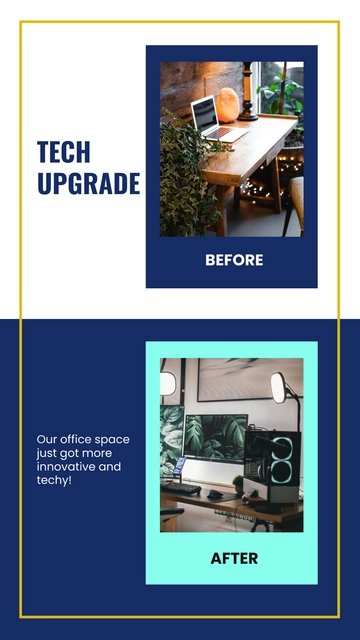Automation Use Case
Created by [YOUR NAME] from [YOUR COMPANY NAME]
I. Introduction
This Automation Use Case Template is designed to guide [YOUR COMPANY NAME] through the process of automating [SPECIFIC PROCESS OR TASK] to improve efficiency and accuracy. This template assists in detailing the workflow, identifying key stakeholders, and setting measurable objectives.
II. Use Case Identification
Provide a brief overview of the specific automation scenario including its scope and objectives.
Title: [TITLE OF THE AUTOMATION PROJECT]
Scope: [BRIEF DESCRIPTION OF THE SCOPE]
Objectives: [SPECIFIC OBJECTIVES TO BE ACHIEVED]
III. Actors
Identify all the participants involved in this automation process.
IV. Preconditions
Enumerate the necessary conditions or states required before the automation can take place.
V. Main Success Scenario (Process Flow)
Trigger Action: [ACTION OR EVENT THAT INITIATES THE AUTOMATION]
System Responses: [SYSTEM CHECKS AND RESPONSES UPON TRIGGER]
Data Processing: [DETAIL DATA PROCESSING STEPS]
Outcome Communication: [HOW THE OUTCOME IS COMMUNICATED TO THE ACTORS]
Post-Processing Steps: [STEPS FOLLOWING THE PRIMARY AUTOMATION TASK]
VI. Alternate Flows
Document any deviation from the main flow that might occur under different circumstances.
VII. Postconditions
Discuss the state of the system after the automation process is completed.
VIII. Business Rules
List any specific rules or constraints that must be respected during the automation process.
IX. Requirements
Detail the technical and business requirements necessary for the automation process.
Hardware Requirements: [REQUIRED HARDWARE RESOURCES]
Software Requirements: [SOFTWARE AND PLATFORM REQUIREMENTS]
Personnel Requirements: [NEEDED STAKEHOLDERS AND THEIR ROLES]
X. Assumptions and Dependencies
List any assumptions and dependencies related to the automation project.
XI. Evaluation Criteria
Specify how the success of the automation project will be measured.
XII. Approval
Role | Name | Signature | Date |
|---|
Project Manager | [PROJECT MANAGER NAME] | [SIGNATURE] | [DATE] |
Technical Lead | [TECHNICAL LEAD NAME] | [SIGNATURE] | [DATE] |
Business Analyst | [BUSINESS ANALYST NAME] | [SIGNATURE] | [DATE] |
Use Case Templates @ Template.net
